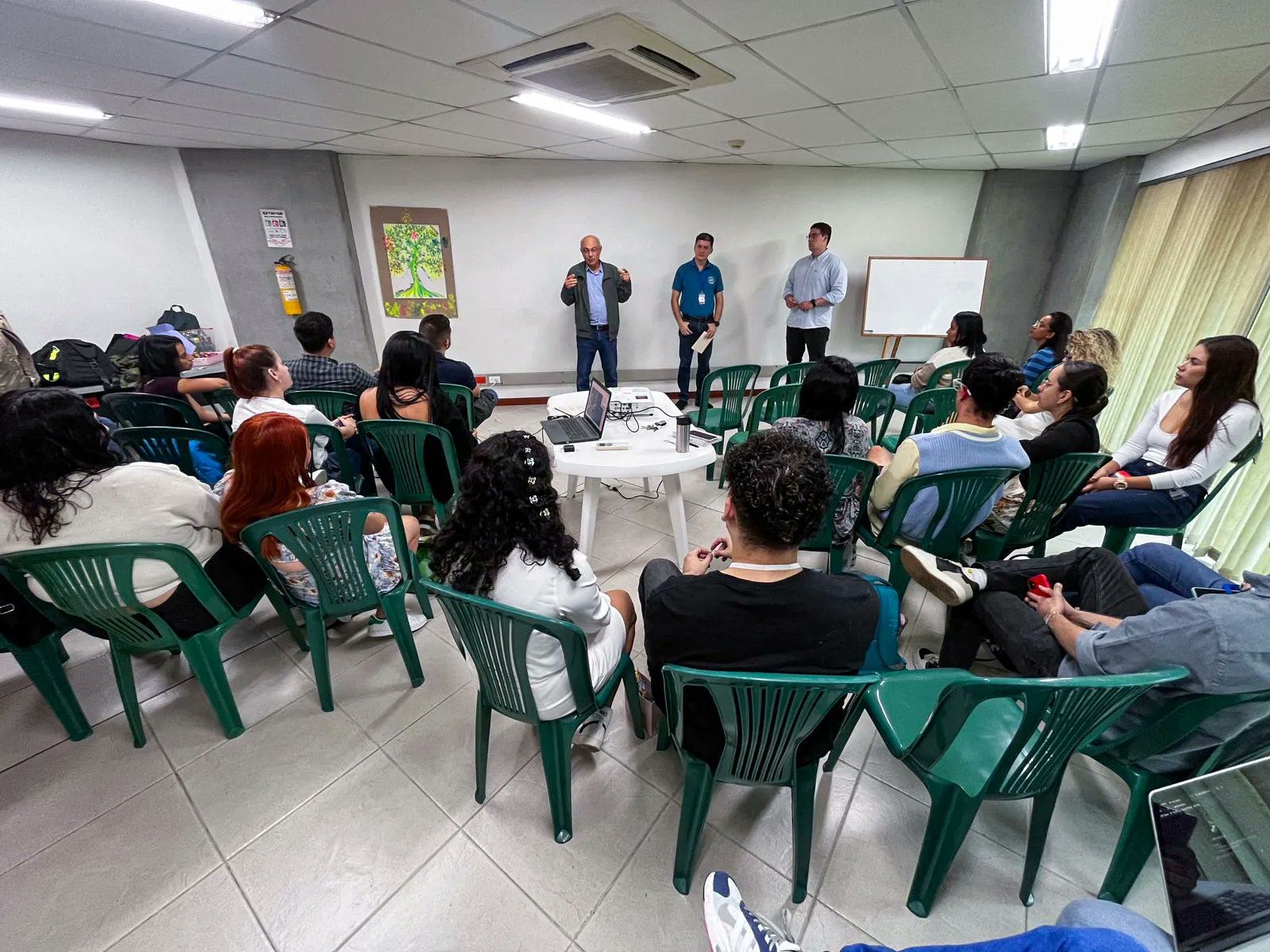
The importance of data to end desertion
Data can help enrich stories and can provide valuable insight into the things we experience every day, providing a source of practical wisdom and giving us guidance on human affairs. We know that talking about algorithms for dealing with human lives can seem like a juxtaposition, since for many people the word algorithm evokes arcane and recordable machinery of large companies. But, an algorithm is simply a finite sequence of steps used to solve a problem, with data providing valuable information to shape each step taken.
There is a recent idea called: “human algorithm design”. It seeks to find better solutions to the challenges people face every day, whether it's tracking global climate change, speeding up apartment search results, or ending college dropouts. While we will delve into the latter in more detail, because this is our purpose, we want to first show how even the most mundane problems can be solved with data.
So, let's think about the case where Pepita wants to buy an apartment. When she was presented with this situation, Pepita, she sensed that she required a balance between looking at apartments and choosing the one she wanted. In this way, she envisioned that she should search for enough apartments to establish a standard, and then take the one that met the standard she had established. I think that up to here we could all agree with Pepita; it is necessary to search and then choose. However, if Pepita were to study probability and data, she would find out that if she has 30 days to find an apartment, she needs exactly 11 days to look for options and, after these 11 days of searching, commit to the first apartment she sees that she beats. your standard. This means that it takes 37% of the time you have to be able to set goals. This type of problem belongs to the class of problems called optimal stopping problems.
The example above is just one illustration of the power of data and statistics. Life is full of problems that are simply too difficult. An example of this is the high dropout rate we have in Colombia (50% on average in any school and 70% in engineering schools). This staggering figure says more about the intrinsic difficulties of this problem than it does about the fallibility of the human brain. To solve this problem we need to understand its fundamental structure and for this we need data.
However, the key value of data is the ability to make the most of it: find relevant associations within the data, manipulate it into manageable sets, and then build applications to better represent what is discovered. This was learned by the University of Texas “Graduation Rate Champion” when he was challenged to increase the graduation rate from 51% in 2021 to 70% in 2016.
To achieve his goal, the Graduation Rate Champion recruited a team of data scientists in the university's institutional research office, who specialized in predictive analytics. By deconstructing the records of tens of thousands of recent students at this University, they were able to develop a statistical model that combined fourteen separate variables. From family income to SAT score, college class rank, and parental educational history, in a single algorithm that could reliably predict the likelihood of an admitted student graduating. This team called this new tool the Four-Year Graduation Rate Dashboard. (Taugh, 2019)
The gain implied for a university by increasing the number of graduates is reflected in a very high rate of social mobility. Going through a university forges the identity formation process of adolescents and really has a positive impact on the way people's lives turn out; how happy they will be and that they will also negotiate the challenges of work, family, friendship and community.


Other articles you may be interested in



.png)
